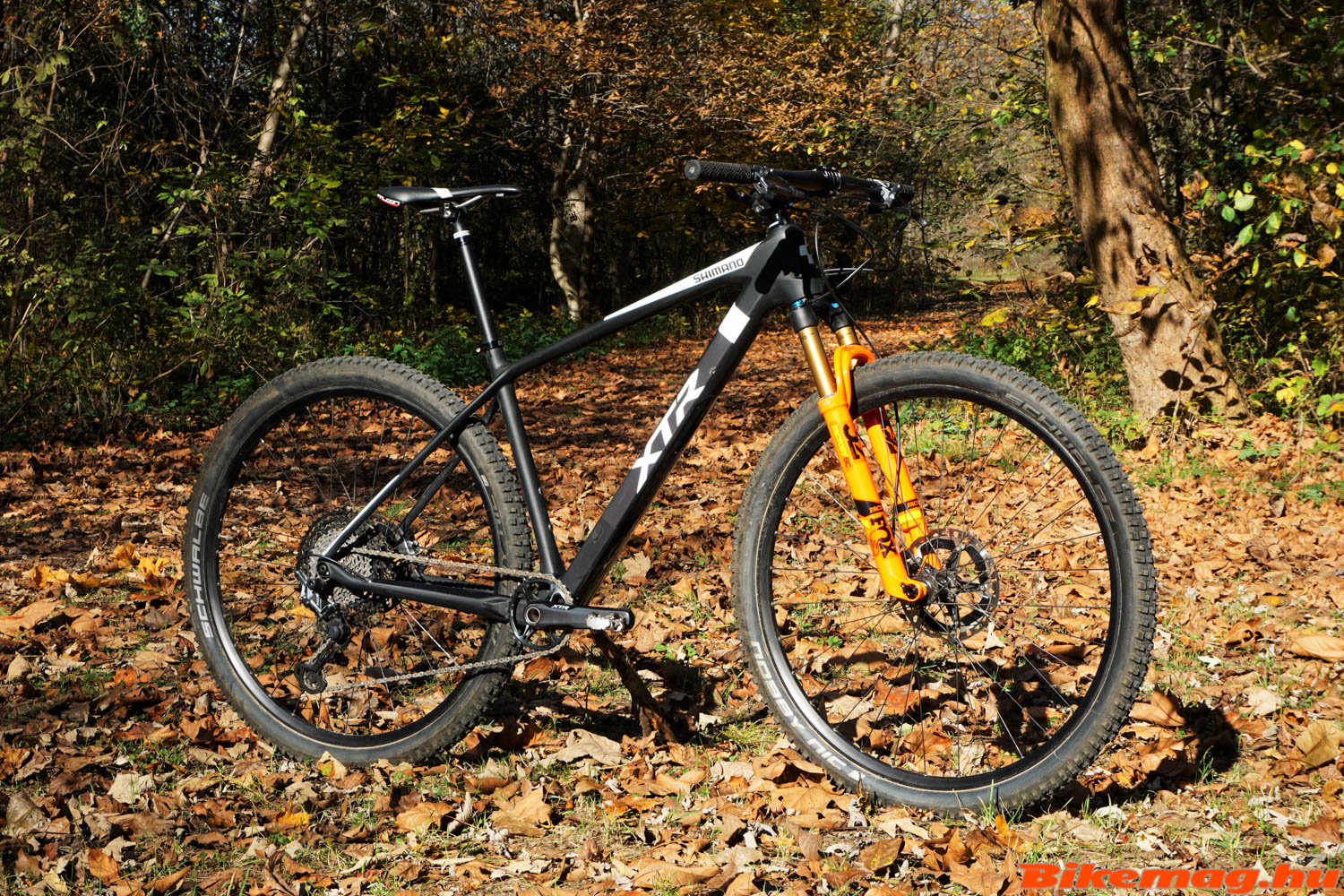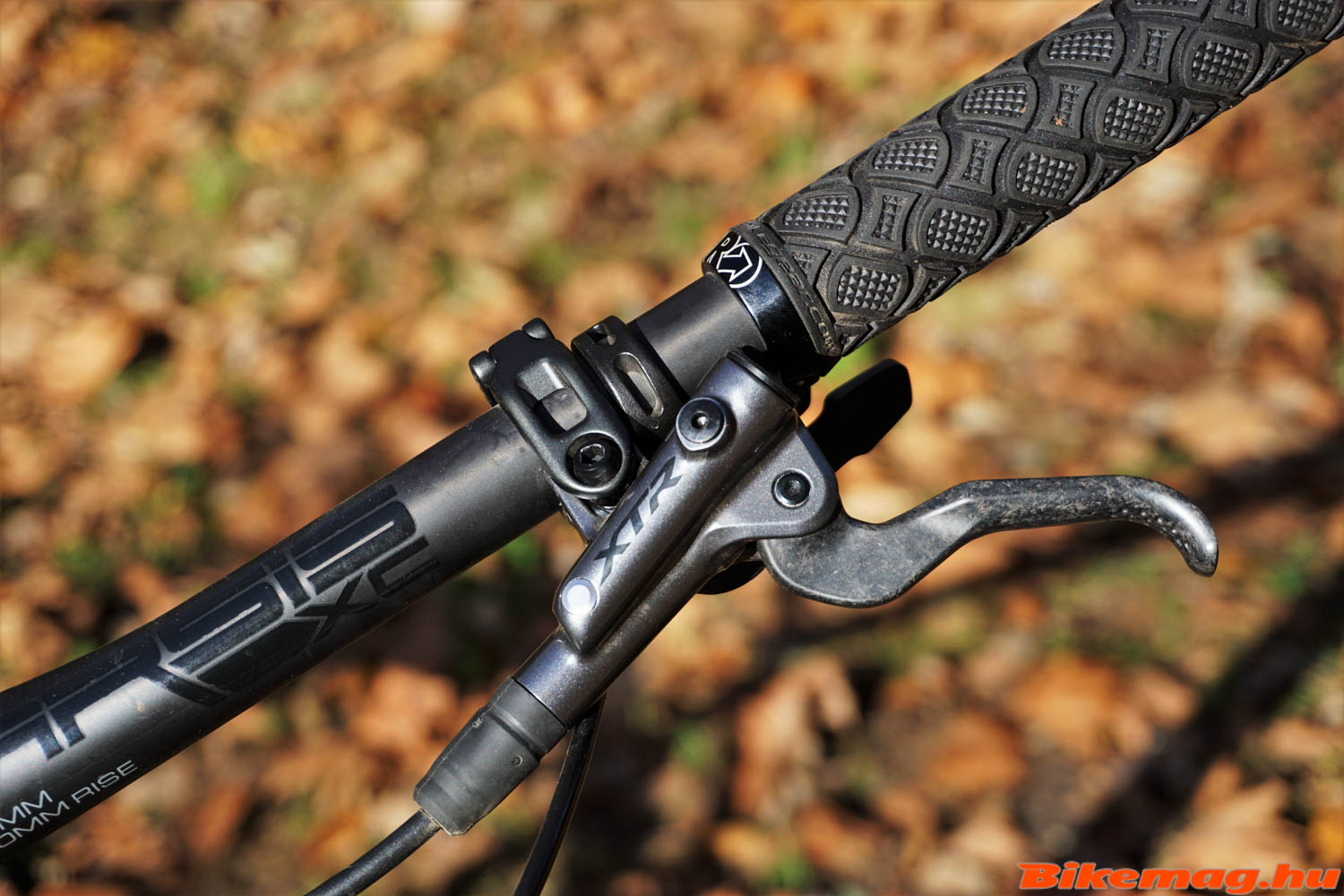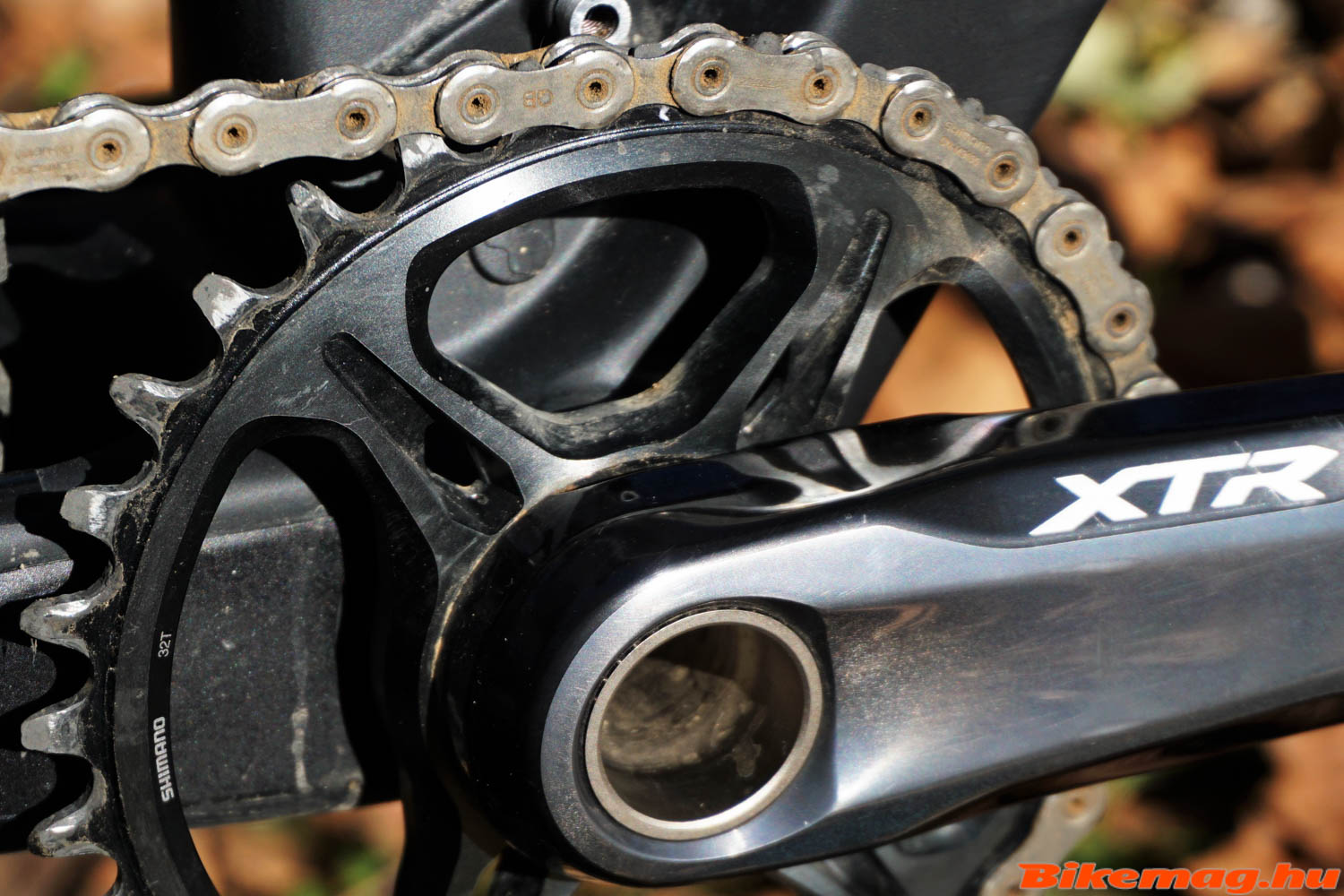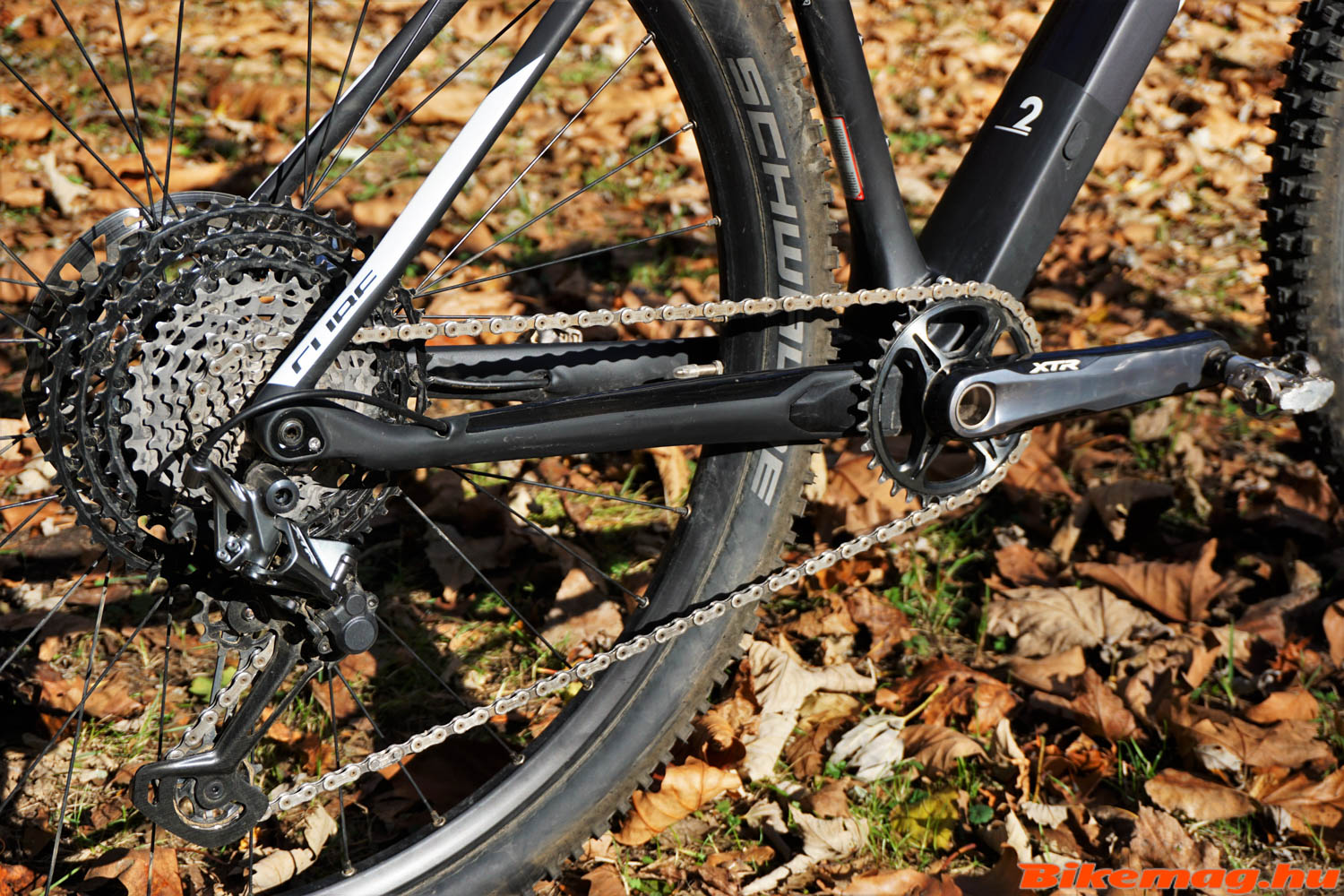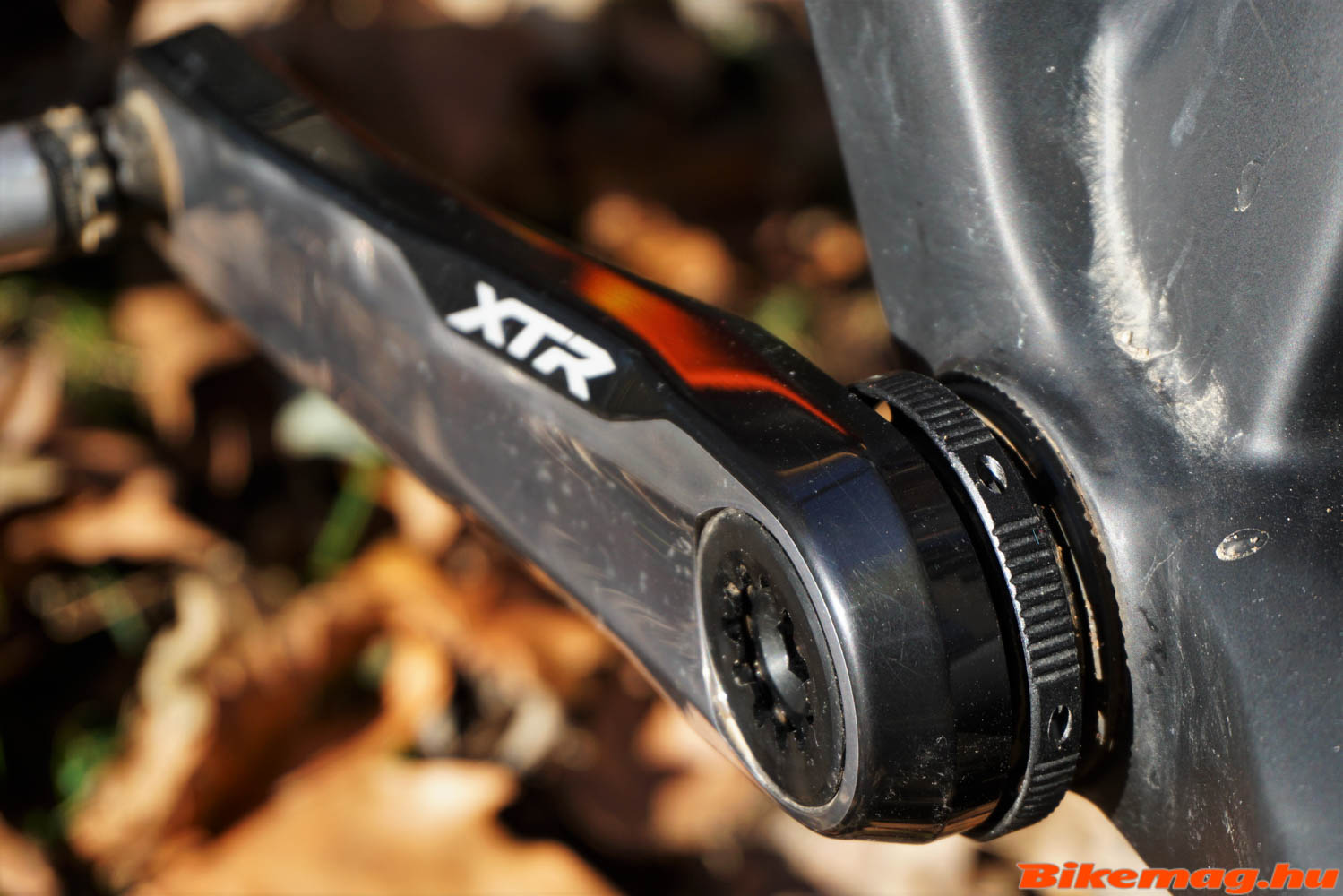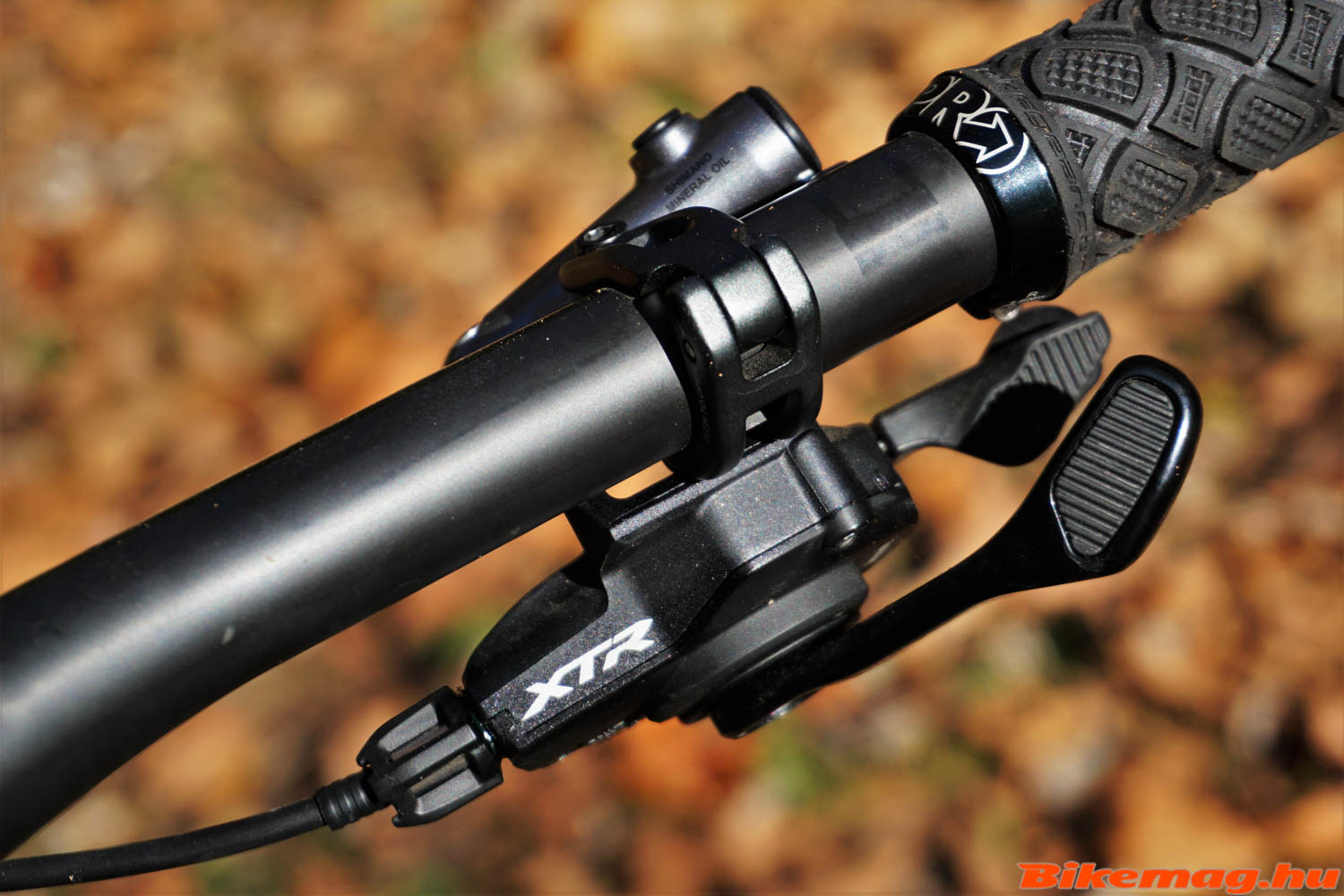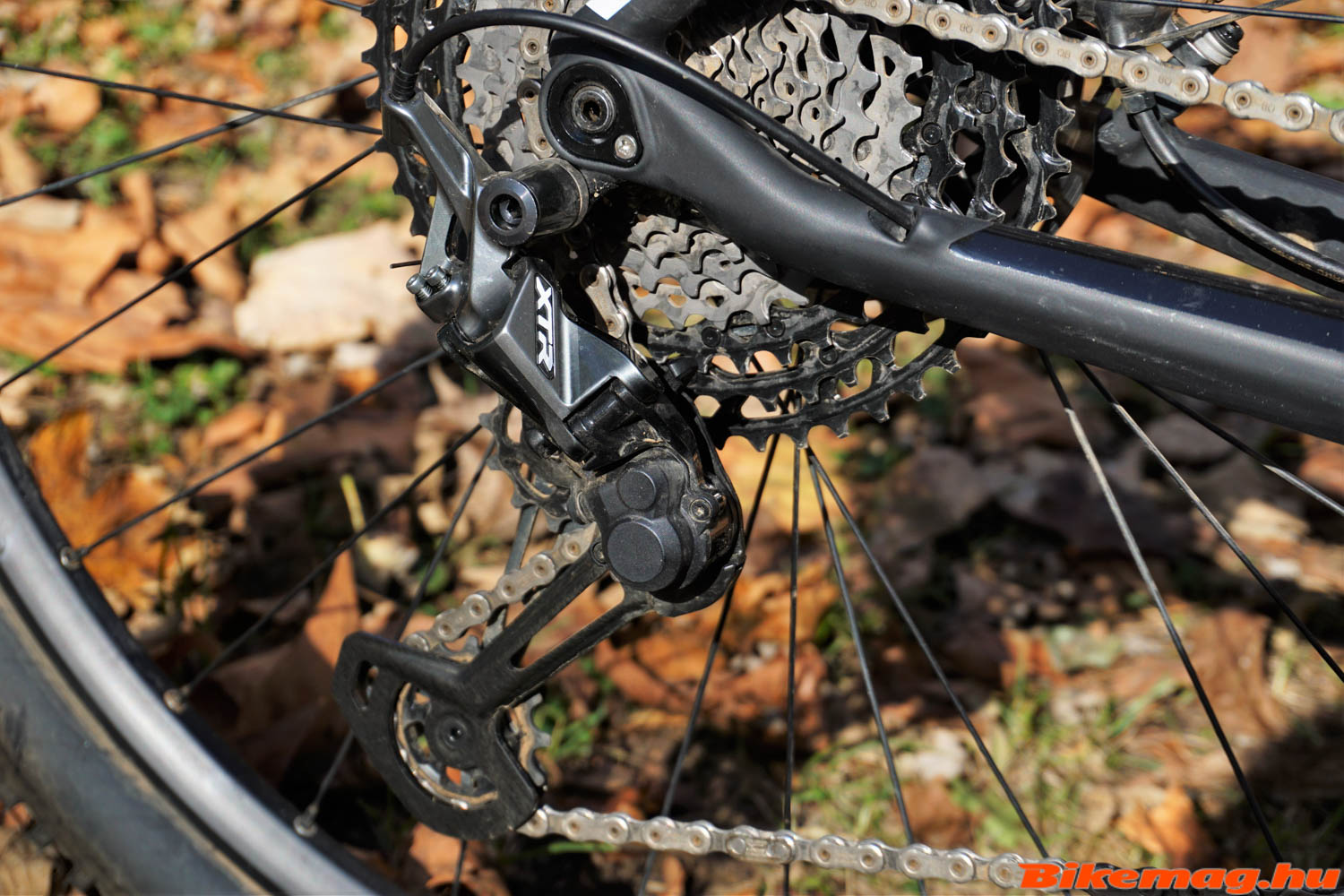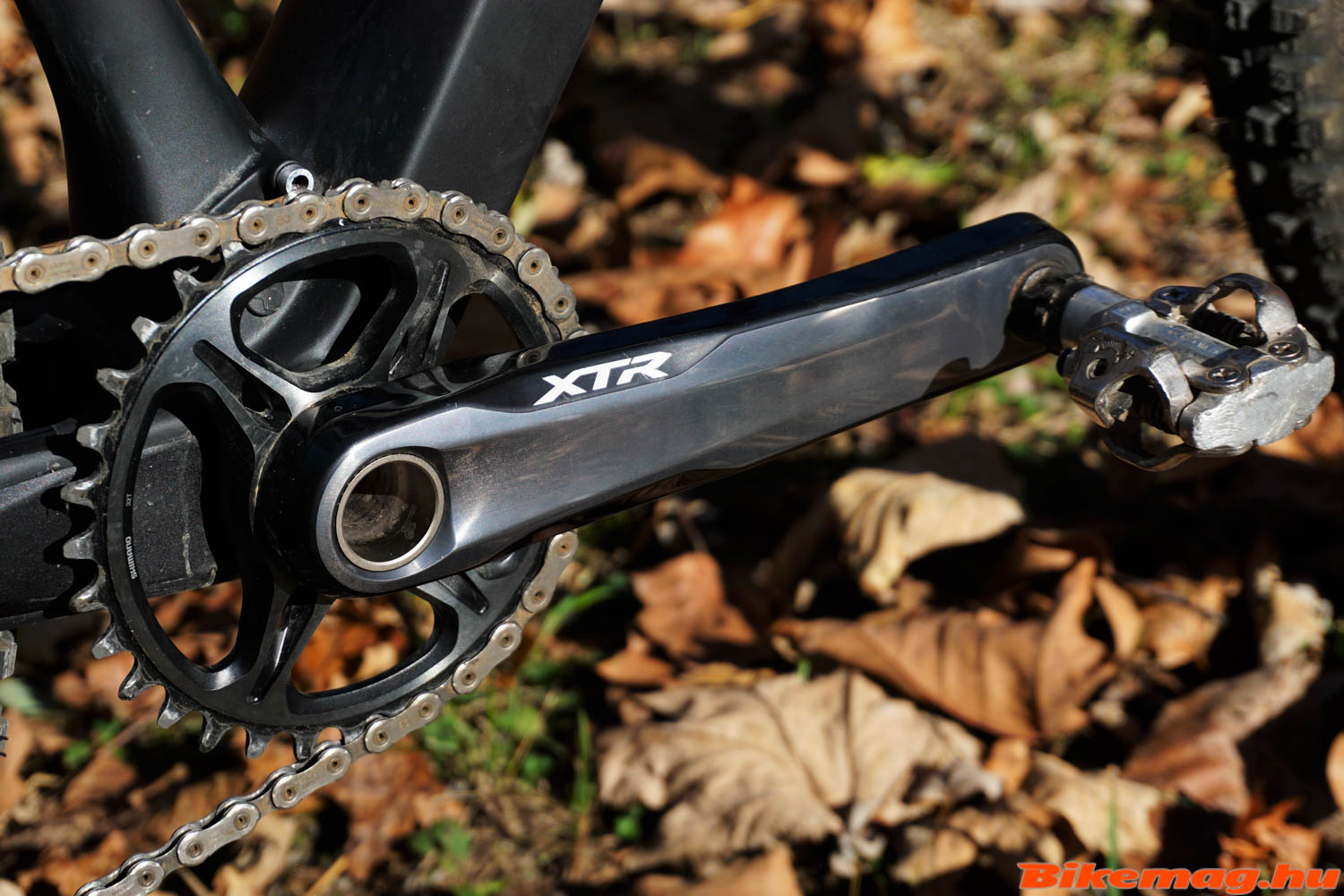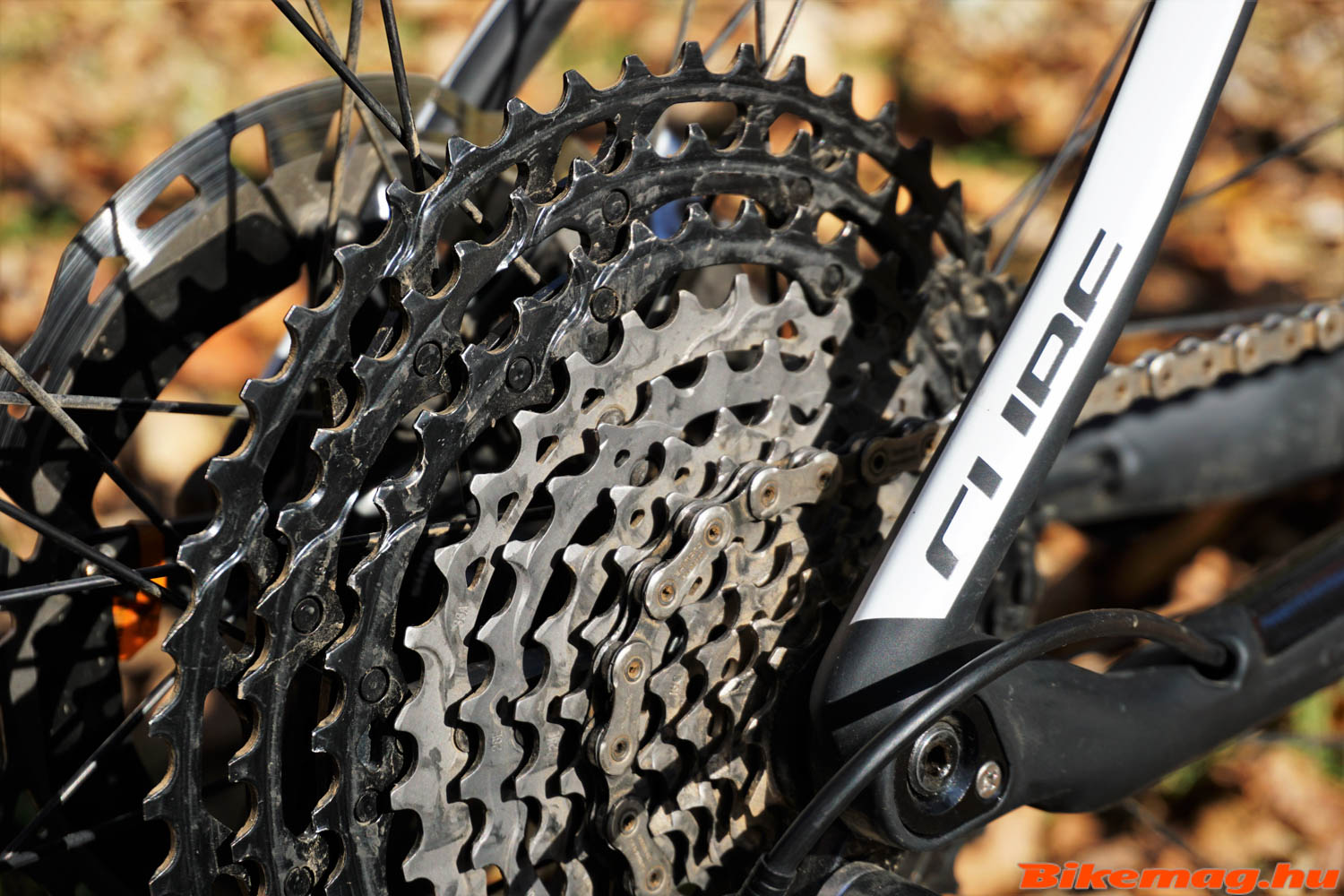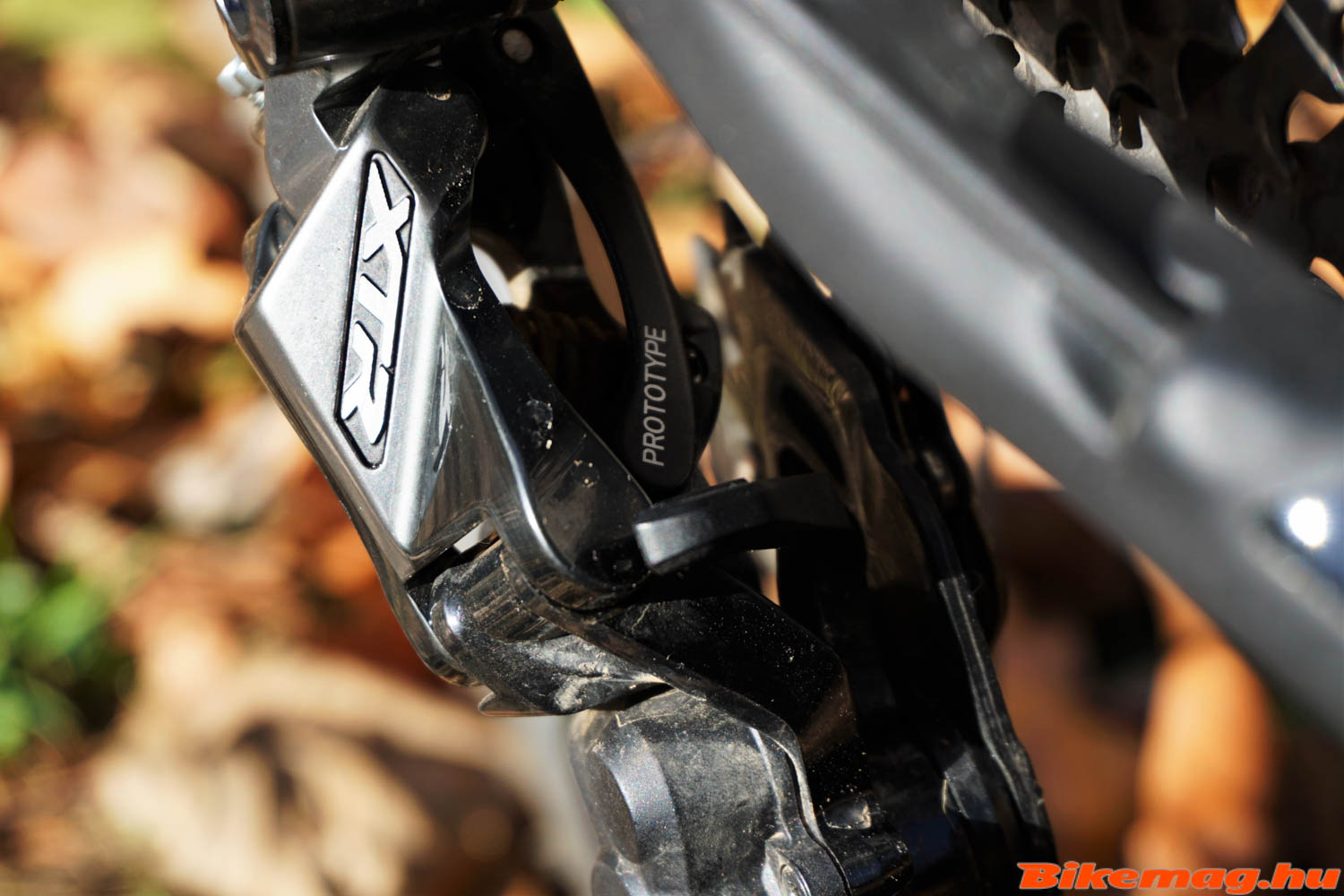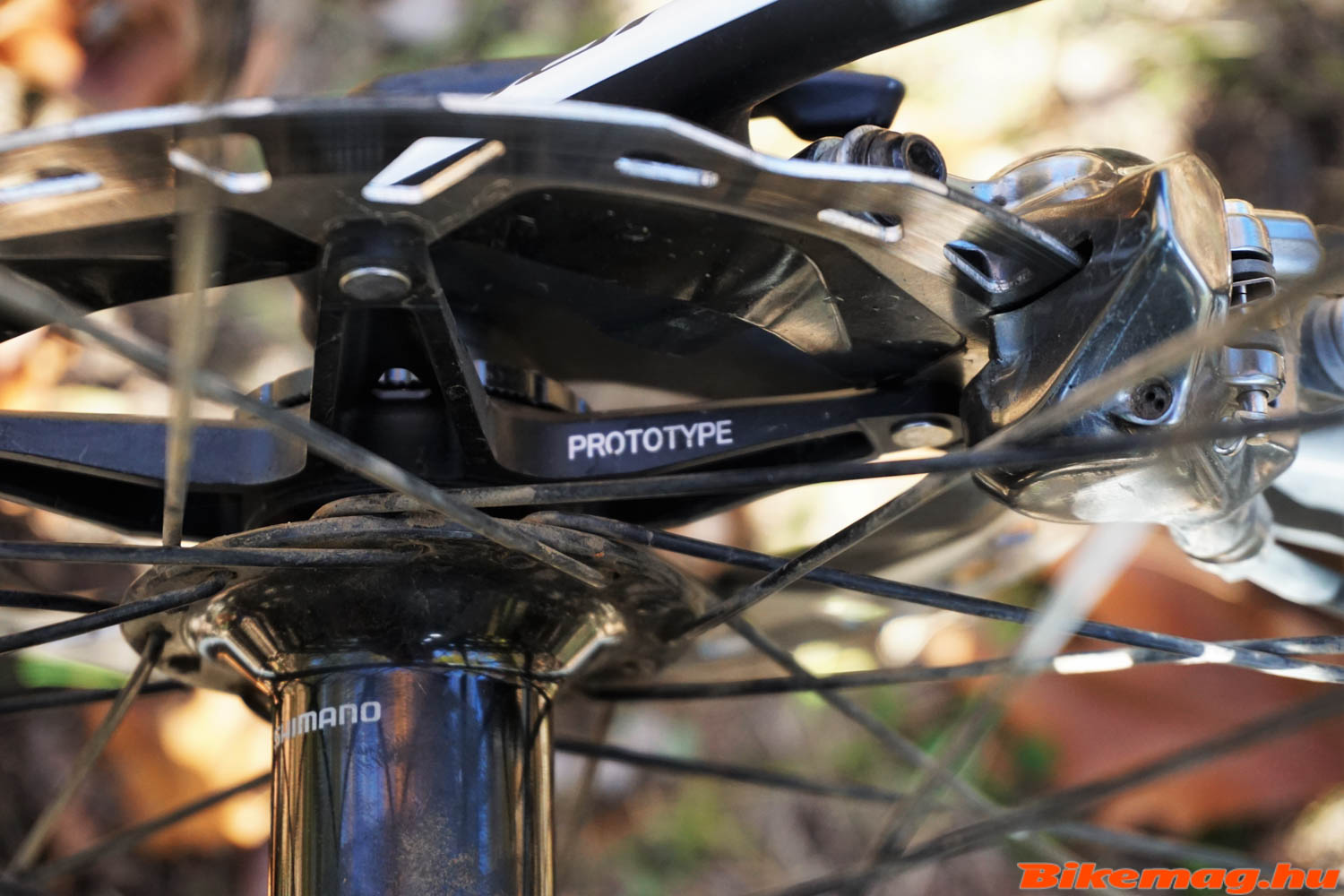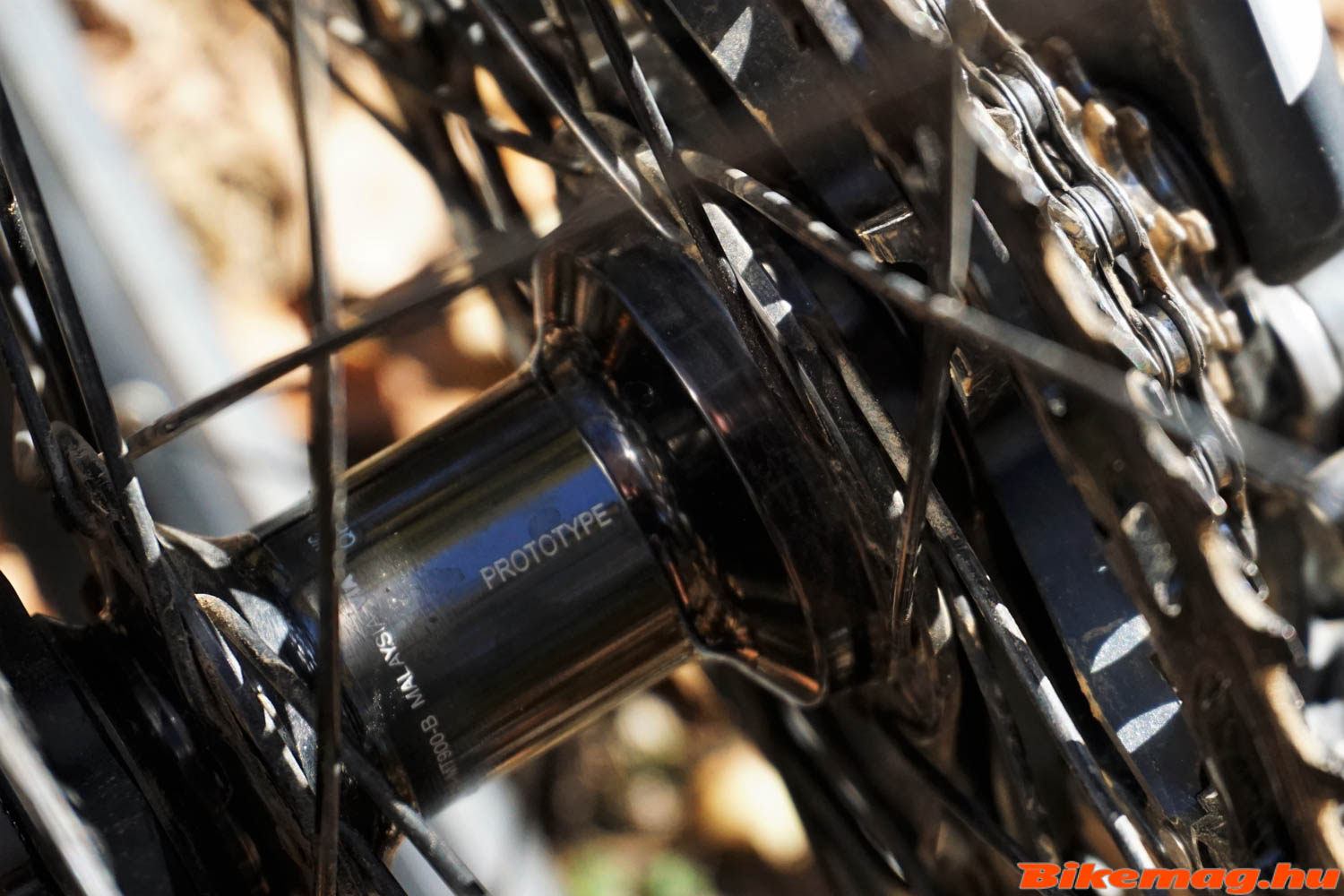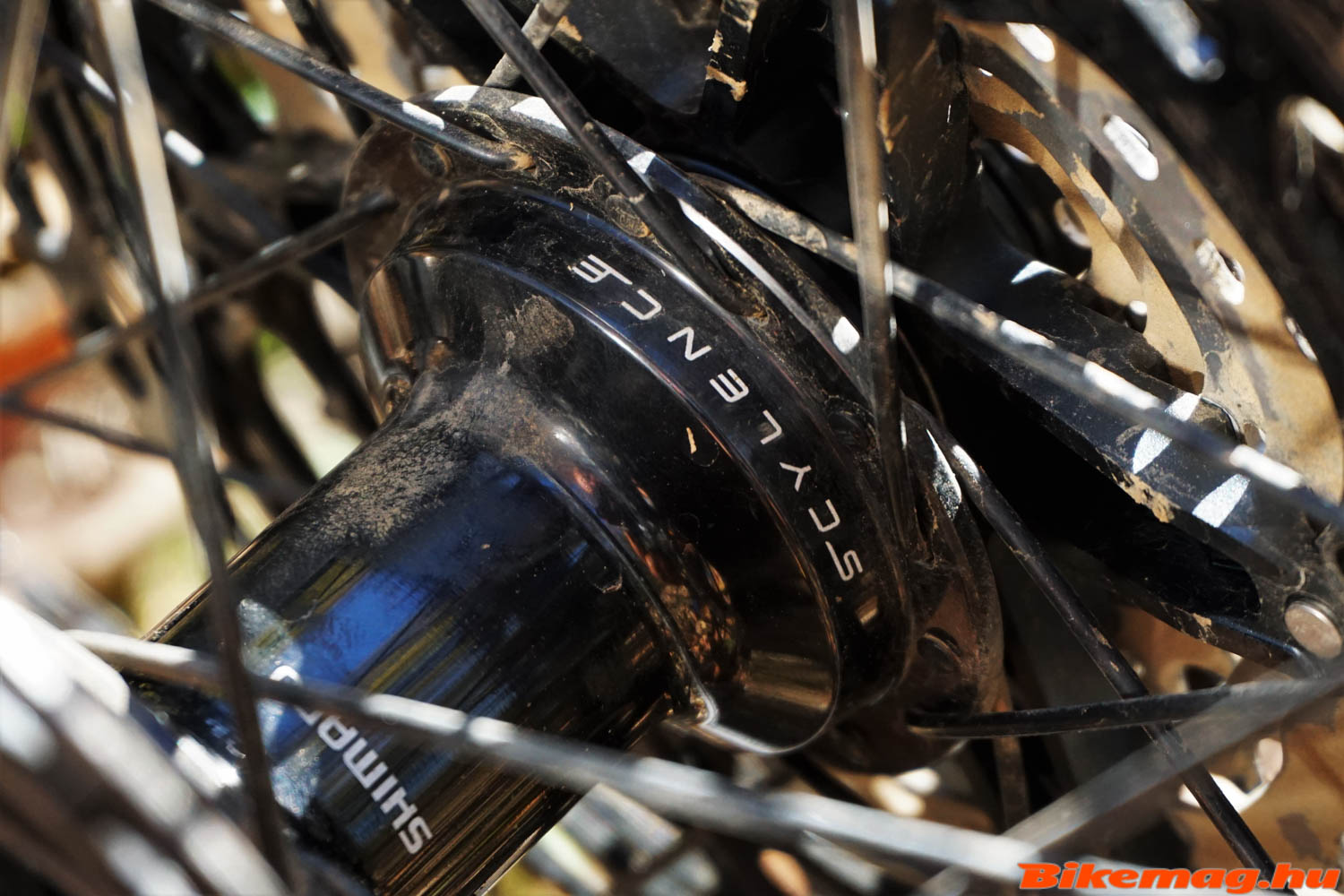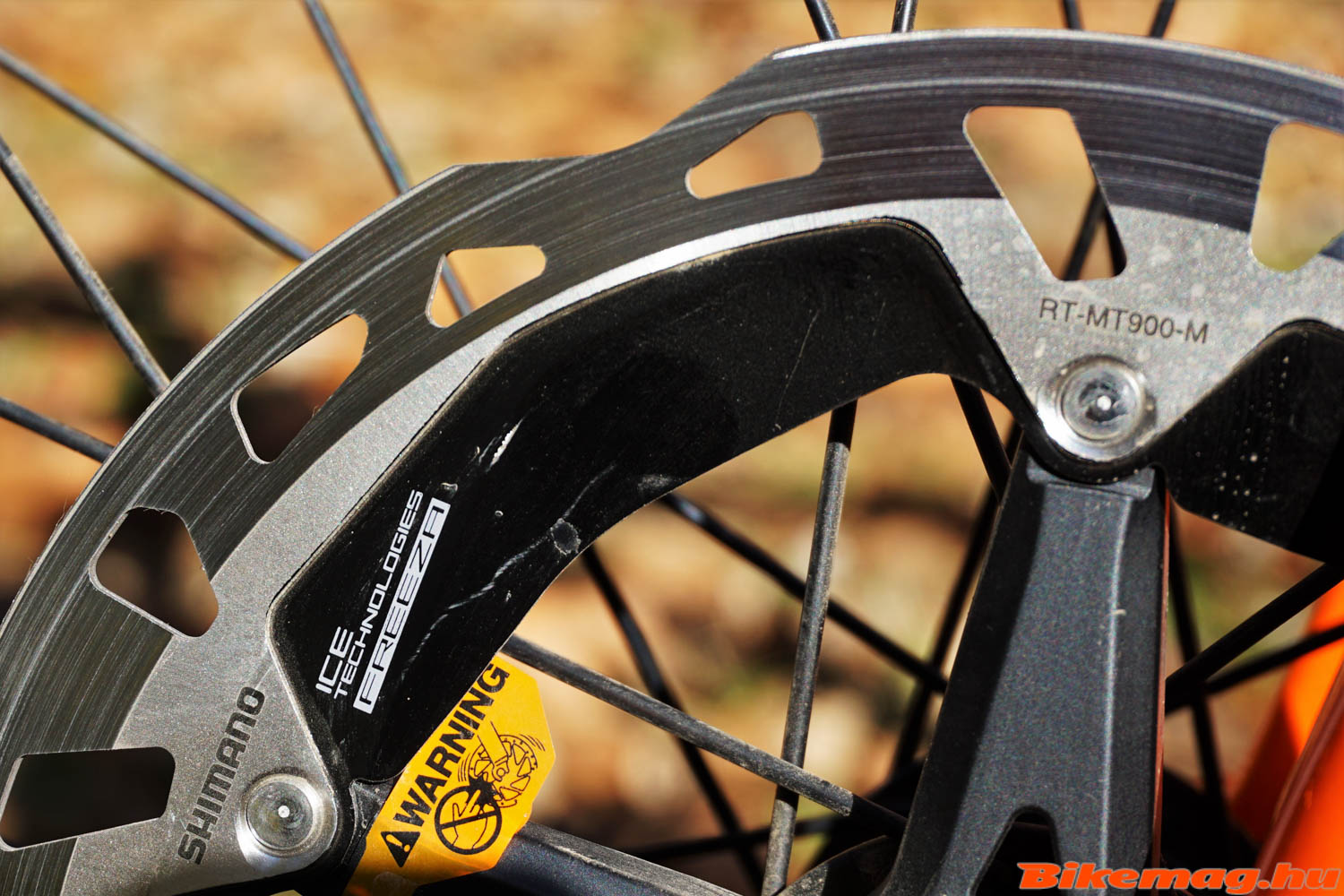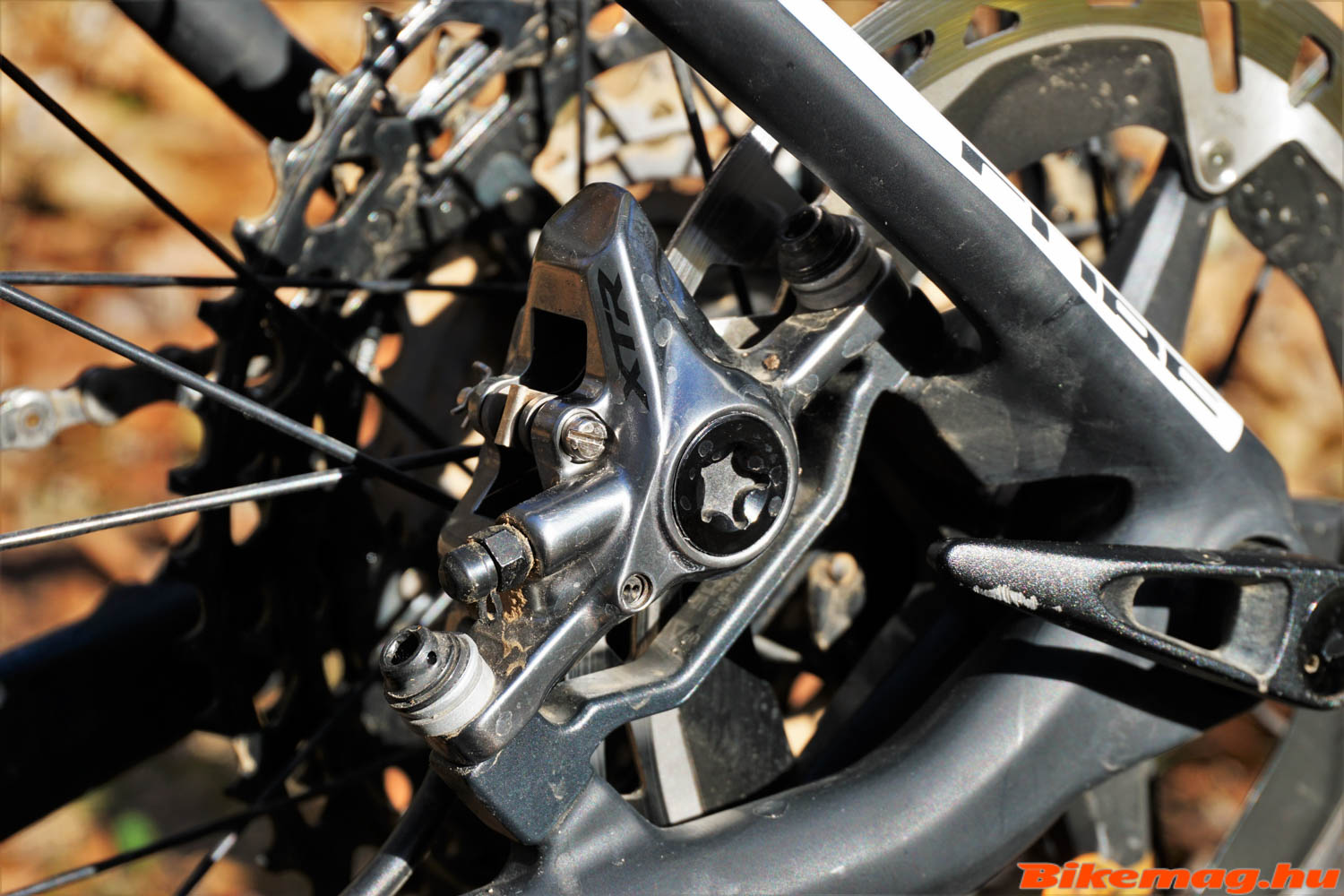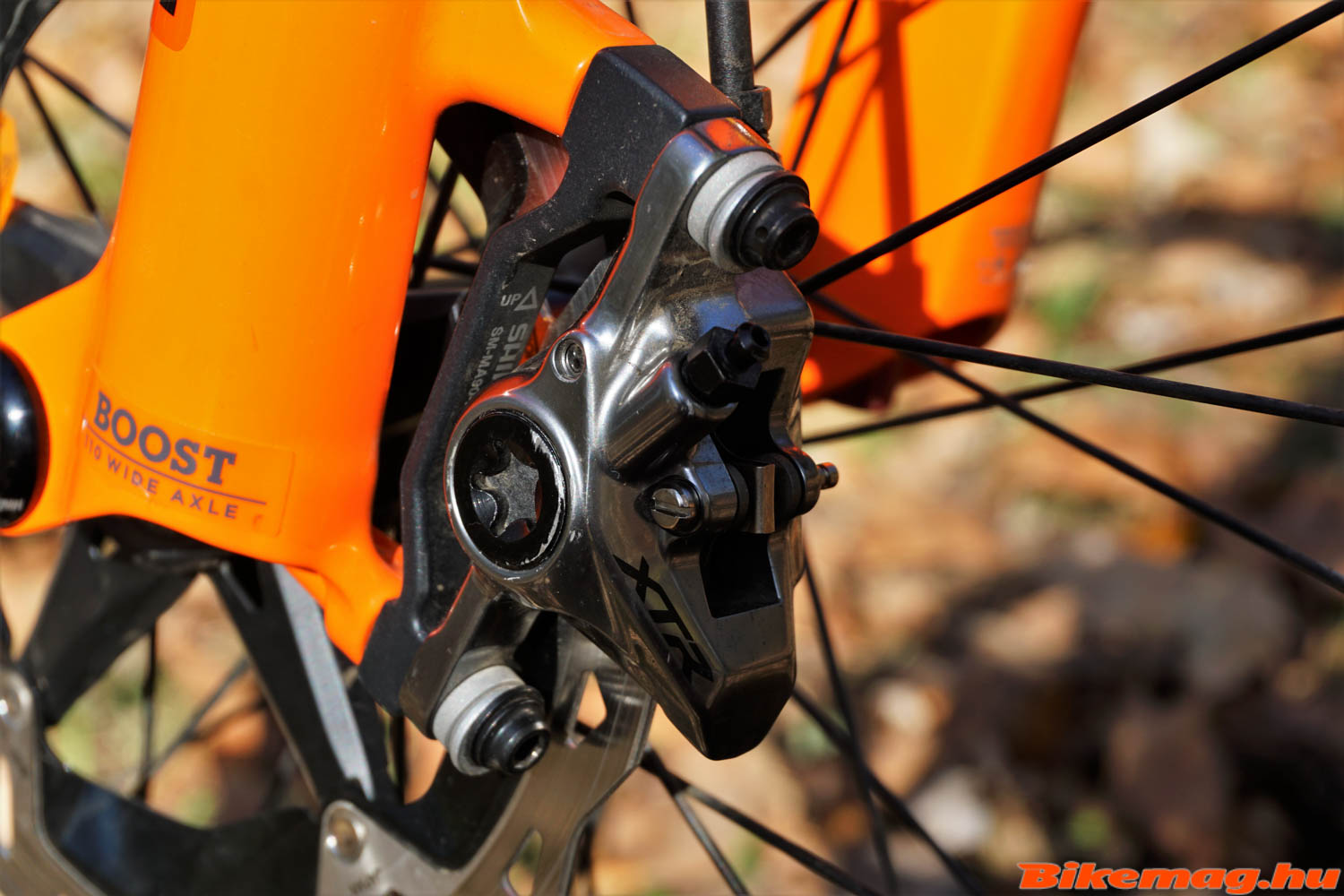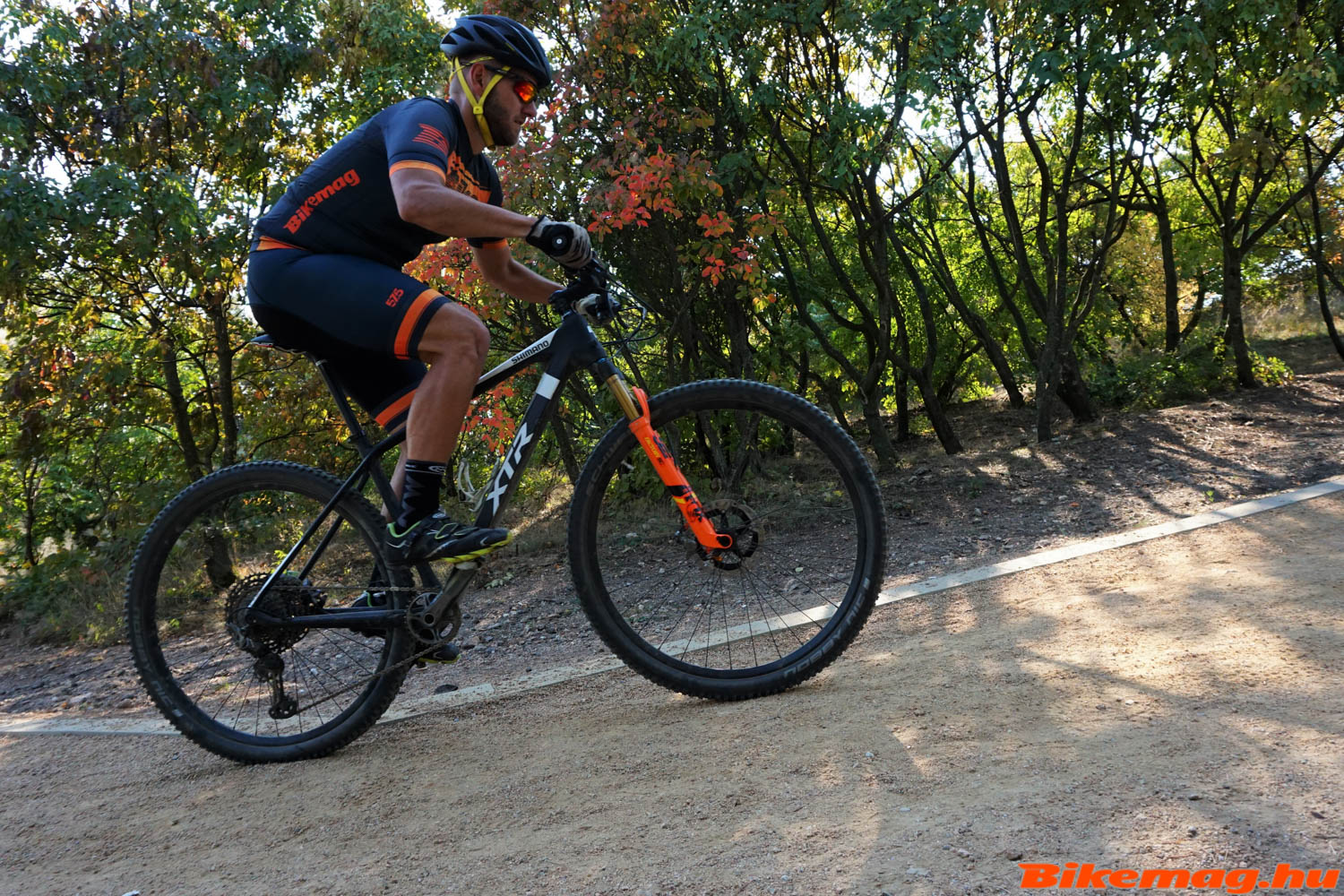With the introduction of the latest XTR group set, Shimano unquestionably broke the tradition set by past generations of components, by creating a brand new concept which will likely to change the way we perceive the Japanese giant’s top-tier offering. The new XTR “gruppo” has finally arrived at our office, so now we’ll have a chance to learn how this innovation performs under day-to-day riding, to find out whether the 9100-series fulfills the mighty expectations we had since we first rode them at its product launch.
Since word has been out this May about the arrival new 9100 XTR set, we’ve been reporting on this Shimano novelty quite a lot. No less than three articles have been released on these pages: we first introduced the new parts based on the initial press release, then Thommey explored the new technologies in more detail, finally Bence had a chance to ride an XTR-equipped bike for the first time at the Eurobike trade show. It is no coincidence that so much attention has been paid to this new MTB offering by Shimano. A number of prominent persons in the bike industry called it a true a game changer, it’s a complete redesign from the previous XTR concept, equipped with the highest-level of technology possible. Without exaggeration, the XTR 9100 offers mountain bikers dozens of dazzling innovations in one package.
I was sitting on thorns while waiting for the first XTR parts to arrive in Hungary, being all so eager to experience in person what the Japanese giant top-tier set had to offer for the mountain bikers. News came from the Hungarian distributor in August that the components with the test bike will likely to arrive by September, and offered us the possibility to take the bike for a good couple of rides. Finally the test bike arrived to me at the end of September, but it wasn’t completely ready to ride. So I also had the chance to fine-tune the XTR components on it, for which I was very glad. This “hiccup” provided me with the chance of working on the new components, forming a closer acquaintance with the parts. I didn’t have to do much actually: just set a few screws and make adjustments to the shifting and the brakes, such as cutting the cables to the ideal length on the frame.
Since the reader is likely to be familiar with the new XTR technologies from the articles cited above, I will not deal with them in great detail. My colleagues have done an excellent job introducing the technical background and the nuances, so my job is limited to reporting on how the group set performs while out riding the trails. In the same spirit I decided to take the pictures for this article at the end of the testing period, so the components are far from clean or shiny, their appearance reflects what’s it’s like to slice through our neighboring trails. They already a few hundred kilometers in them, with some inevitable dirt and minor wear and tear that comes with MTB riding.
The test bike was fitted with a 1×12 drive system, consisting of a 32T chainring at the front and 10-51T sprockets at the back. This setup was chosen by the distributor since the potential customers will most likely to be interested in a single chainring system, and this is the domain where Shimano had to do some catching up to the competition. This meant that I could not test the double chainring setup and the performance of the newly designed front derailleur. For me it was not a major downside, but others may disagree. So here is the setup that the whole world has been waiting for, Shimano’s bold attempt at the 1×12 speed drive system!
Let’s start with the bike setup! The new XTR shift lever can be adjusted to suit a wide variety of hand positions and riding style. It could be positioned where most comfortable and practical. I know that the rider can get used to almost anything in the way of shifter actuation, but it’s certainly much better if you can reach the shift lever without turning the wrists, and moving of the lever does not compromise with the positive grip on the handlebar. Shimano offers also an anti-slip surface on the levers. I think this is a must, and I never understood why manufacturers use a smooth, shiny finish on these parts. Fortunately the new XTR shifter retained the easy cable replacement of the previous generations, which I had a chance to experience when setting up the shifting on the test bike. The shift lever operates in the “normal” manner: the small lever can be moved in either direction to change toward a smaller sprocket, and with the large lever the rider can move the chain up the cassette. On the other hand, the force required to shift has been much revised, the action now is so light and the lever travel is so short that I tended to double-shift on my first ride out on the trails. This is something that one easily gets used to, and later it posed no difficulty to limit gear changes to a single cog. In fact the operation of the XTR 9100 mechanical system is much reminiscent of Shimano’s electronic version: it requires so miniscule effort to change gears. The backside of this came when I had to return the bike, and first got on my otherwise excellent personal MTB rig: the shifting action on the levers now seemed mushy and painfully slow!
Even though all cables are internally routed in the test bike’s frame, it was still relatively easy to connect the rear derailleur to the shifter. Based on previous experience working on similar modern carbon MTB frames I was a bit anxious about this task, along with the difficulty of dealing with the additional friction compared to external cable routing. Undoubtedly the 12-speed system requires top-notch cable routing setup – I presumed. Fortunately my worries were unfounded, and once I managed to get everything working, the barrel adjusters never had to be touched again. The shifting was always spot on, the chain moved over the cogs quickly and effortlessly. The 12-speed system proved itself just as reliable, than previous 11-speed setups, and fortunately it’s not overly sensitive to cable routing either.
The crankset is not only aesthetically stunning, but offers easy chainring replacement to boot. The left crank arm has a new type of attachment to the axle which to some users may consider to be a better solution, others will lament over Shimano making the change from the tried and trusted previous technology. It is also worth mentioning that the cranks feature a brand new tooth design, which are said to provide the best protection against chain drop. I certainly didn’t experience any problems with chain retention, though I only rode cross country trails, nothing more extreme.
The rear sprockets and the hub cassette body have been completely redesigned by Shimano, and a new standard was introduced under the name “Micro Spline”. The smallest cog on the cluster is 10T which the hub design had to accept. The sprocket material has been optimized to the extremes, as the top 3 are made from aluminum, the middle ones are titanium alloy and the small ones are made of hardened steel. This is said to result in better durability and considerable weight reduction has been achieved compared to models offered by competing brands. Based on extensive testing, we can assure potential users that the sprockets will not ‘melt’ under load like some aluminum cogs on the market, fast wear will only be a problem with those who use the top three cogs a lot more than the others. Shimano also changed the tooth profile, and the cogs not only offer shifting ramps for downshifts, but also for going upwards – just like on front chainrings. The new system works fine in practice, and I will add some thoughts about this when I discuss the performance benefits of the new XTR. The 10-51T cassette configuration was more than enough for my style of riding and the terrain we have here, and the two biggest sprockets was barely used during the test rides. At the other end of the gear range the 10T sprocket paired with the 32T chainring was sufficient for the downhills, so the two chainring setup wasn’t missed at all. On the other hand, when riding on asphalt, I felt the jump between 10T and 12T cogs to be way too large, as there was a big drop or jump in cadence when switching from one to the other. This is something the rider has to live with when deciding on a “one-by” drive systems.
The new XTR cog set is not only specific to the new rear hub design, but a proprietary chain is also specified by Shimano. The drive train has been designed as a system, optimized for Shimano’s new tooth design. It’s worth mentioning that the chain offers specially drilled pins, shift assistance design and Quick Link mounting.
From the new XTR hub set, the rear one certainly merits a more detailed look. I would highlight the engagement mechanism of SCYLENCE, which is truly silent and offers extremely fast engagement. To some it may be frightening to hear only the noise of the tires and the wind while coasting downhill!
The brakes are also gorgeous, lightweight and brutally strong as it’s expected from an XTR series. Additionally the new FREEZA discs promise even better heat dissipation, which is definitely a bonus over the previous versions. To tell you the truth, I could never reach the limits of these brakes in my test rides. Not all is rosy though. These brakes inherit a trait from the previous generations: I was unable to set them up with no pad-disc contact, and this flaw was confirmed by the service center as well. So the XTR brakes are a little noisy just like the predecessors. This may not affect drive efficiency, but the rider has to get used to the sound the brakes make makes during the ride. Maybe this is the price you’ll have to pay if you want a light but strong brake system…
The shifting performance of the new XTR is something that’s difficult to comprehend. I couldn’t have imagined such a blistering fast actuation being spot on for every shift. The new XTR group sets an extraordinary level of performance, which I doubt any competitor will ever attain for conventional mechanical systems. And believe me, I have tried all the presently available top-tier components on the market when testing the dozens of bike that have come to our office. I have to say that other gear systems are trailing the 9100 XTR by a huge margin. I have pondered on what factors contribute to this incredible performance. It’s more than likely that there is no single technology that enable the shifting to be so fast and precise. The new tooth design is probably a major contributor, and the high-precision rear derailleur and shifter mechanism should provide considerable assistance as well. Last but not least there is the larger pulley wheel and the new chain design. We can safely say that while Shimano was certainly not the first to come out with 12-speed shifting and a single chainring drive system, it managed to introduce one with the best performance yet. A lesson was given to the competitors, now it’s their turn to put in many long hours into the development of a better alternative to their present offering.
When I was previously asked whether the XTR group set was worth the money, I had to admit, that to all intents and purposes it wasn’t. The difference in performance between Shimano’s top-of-the-line stuff compared to the XT or SLX components used to be so marginal that the latter “gruppos” presented a much better in value. But with the introduction of the XTR 9100 I think this recommendation won’t be so evident. The difference is now stark to the otherwise excellent, technologically very advanced second and third tier lineups. I believe the upgrade to the XTR may merit the rather large financial expenditure, the benefits can be felt and enjoyed by anyone who appreciates the outmost achievement from bike components. So if you have a thick enough wallet, don’t fret, go for it, and you’ll enjoy every minute of riding with these excellent components! And for those who cannot make this leap, there is still hope that in forthcoming years much of the technologies presented in the XTR 9100 will trickle down to the new XT!
Learn more at Shimano’s website.
https://bike.shimano.com/en-EU/home.html


